Types of Child Seats
Getting the right child seat is not easy. Just look at the bewildering array on offer and it immediately becomes far from clear which is best for your little one. And, of course, choosing the right one is all-important. It can mean the difference between protecting your children and the unthinkable in the event of even a minor accident.
Categories for Different Ages
By and large, the different types on sale are designed with different aged infants in mind, meaning parents will have to change and upgrade as and when their offspring get older. All this makes choosing which car seat an important decision.

Group-0 Baby
Infant carriers mean your child is safely fastened within a rear-facing set-up, secured by a standard adult belt or a special fitting. As such, the baby is held in place lying on its back. The addition of handles, allowing for easy transfer in and out of the rear of the vehicle, differentiates this type of infant carrier.
Group-0 Plus
Group-0 Plus seats can be used in and out of a vehicle, slotting into a permanent fixture in the back seat and into a pushchair on certain more flexible models. There are two main types available; overall, rear-facing seats of this variety are deemed to be safer than front-facing models given the added support they provide to the child’s head when the car slows down suddenly. Many parents tend to prefer the feel of the front-facing seats, however, because they offer a ‘grown-up’ bird’s eye view for the child. Some models offer a choice, switching between the two, so there is no need to make a firm decision before browsing.
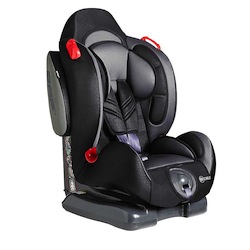
As Children get Older
Once your child gets older, infant carriers come into play, providing support and restraint in a seating position, much like belts designed for adults. Again, these set-ups work effectively to restrain the child’s head and body, working particularly well in the event of a head-on collision.
Group-1
Most other types of harness on the market are categorised as 1, 2 and 3, working on a sliding scale depending on the baby’s age. For babies older than nine months, Group 1 seats can be forward or rear- facing, using a permanent fixture in conjunction with the adult seat belt and a special five-point belt.
Group-2
Once the child is older than four years, a Group-2 seat is the best choice. It’s larger and uses the adult belt to restrain the child. Group 2 provides more support than a booster seat.
Group-3 Booster
For children above about six years old, the Group-3 model is essentially a booster seat with either a high back or none at all. The exact age at which these different seats become necessary depends on the size of your child, so make sure to keep on top of things; it could make all the difference. It is advised that children up to 12 years old use a booster seat at all times when traveling in a vehicle.

 Audi 7-Seater
Audi 7-Seater BMW 7‐Seaters
BMW 7‐Seaters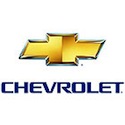 Chevrolet MPVs
Chevrolet MPVs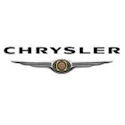 Chrysler MPVs
Chrysler MPVs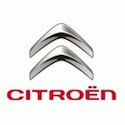 Citroen MPVs
Citroen MPVs Fiat 7-Seaters
Fiat 7-Seaters Ford 7-Seaters
Ford 7-Seaters Honda MPVs
Honda MPVs Hyundai MPVs
Hyundai MPVs Jeep 7-Seaters
Jeep 7-Seaters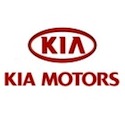 Kia 7-Seaters
Kia 7-Seaters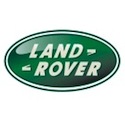 Land Rover
Land Rover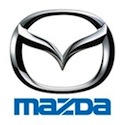 Mazda MPVs
Mazda MPVs Mercedes MPVs
Mercedes MPVs Mitsubishi
Mitsubishi Nissan
Nissan  Peugeot
Peugeot  Renault
Renault 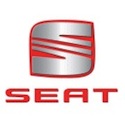 SEAT 7‐Seaters
SEAT 7‐Seaters Ssangyong
Ssangyong  Toyota
Toyota  Vauxhall MPVs
Vauxhall MPVs Volkswagen
Volkswagen Volvo MPV
Volvo MPV All Manufacturers
All Manufacturers